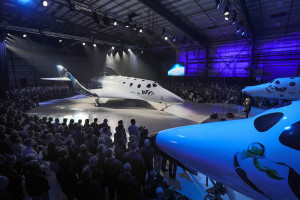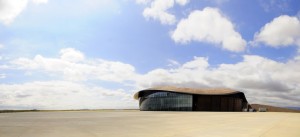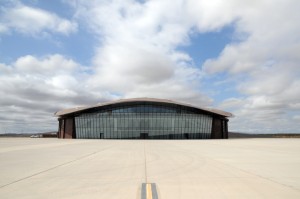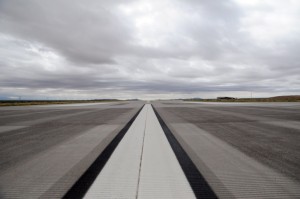Peter Lobner
In my 13 April 2015 post, I provided an introduction to three U.S. commercial, suborbital human spaceflight programs. You may recall that Virgin Galactic’s first SpaceShipTwo was destroyed in an in-flight accident on 31 October 2014. The in-flight breakup of SpaceShipTwo resulted from the premature unlocking of the wing, which allowed the wing to move to the high-drag “feathered” position while the ship was accelerating through the transonic region (i.e., not yet supersonic). The pilot was seriously injured and the copilot was killed in this accident. You can find the Executive Summary of the National Transportation Safety Board’s (NTSB’s) accident report at the following link:
http://www.ntsb.gov/investigations/AccidentReports/Pages/AAR1502.aspx
More information from the 28 July 2015 NTSB Board meeting is available at the following link:
http://www.ntsb.gov/news/events/Pages/2015_spaceship2_BMG.aspx
Today, Virgin Galactic unveiled the second SpaceShipTwo at the Mojave Air and Space Port in California. The ship was named, Virgin Spaceship (VSS) Unity by Professor Stephen Hawking, who said in a recorded speech, “I would be very proud to fly on this spaceship.”
The second SpaceShipTwo, which was under construction before the crash of its predecessor, is very similar to the first article, but with the following significant changes:
- Feathering system: Virgin Galactic reports, “With regard to the accident specifically, we have made one structural change to the vehicle, which is to add a mechanical inhibit to the featherlock system that would prevent that from ever being inadvertently opened at the wrong time in flight.”
- Rocket fuel: Virgin Galactic switched from a hydroxyl-terminated polybutadiene (HTBP) rubber-based solid fuel to a polyamide (plastic)-based fuel for the rocket motor on the first SpaceShipTwo. For the second SpaceShipTwo, Virgin Galactic announced in October 2015 that it was switching back to HTBP-based fuel.
Virgin Galactic has not yet announced other design and/or operational changes.
Like the first SpaceShipTwo, VSS Unity will go through an extensive test program that starts with “captive carry” flights on the WhiteKnightTwo aircraft.
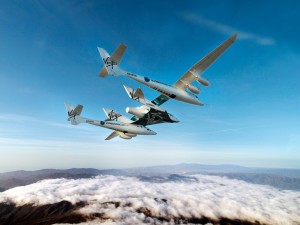 WhiteKnightTwo carrying SpaceShipTwo; source: Virgin Galactic
WhiteKnightTwo carrying SpaceShipTwo; source: Virgin Galactic
The next series of tests include unpowered (gliding) flights after being dropped from WhiteKnightTwo, and finally, powered tests that will validate the flight envelope of SpaceShipTwo. At the conclusion of this testing program, VSS Unity may become the first commercial space vehicle to make regular, suborbital flights with paying passengers.
You can keep track of the progress being made at the Virgin Galactic website at the following link:
The commercial flights will be conducted from Spaceport America, which is located in the desert east of Truth of Consequences, NM. You can find information of the Spaceport and make arrangements for a tour at the following website.
I visited Spaceport America in October 2015 and found it to be an impressive, but lonely facility, just waiting for the start of regular commercial space missions. The main hanger, shown below, housed only a SpaceShipTwo mockup and the enormous runway was silent.
All that will change after VSS Unity completes its test program and begins the operational phase of commercial human spaceflight in the desert of southern New Mexico. These are exciting times!
